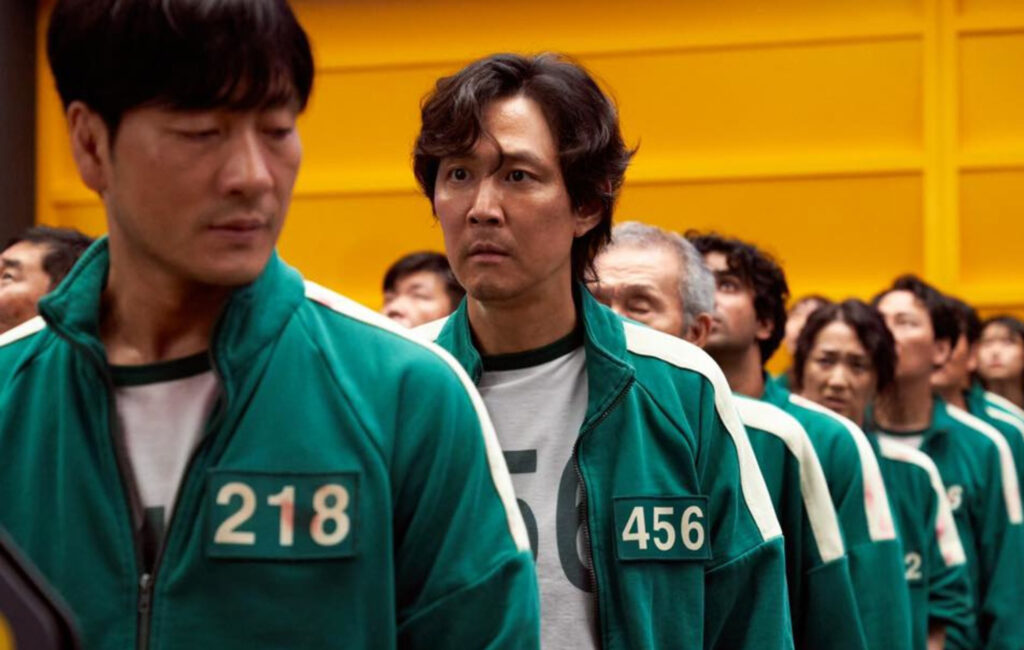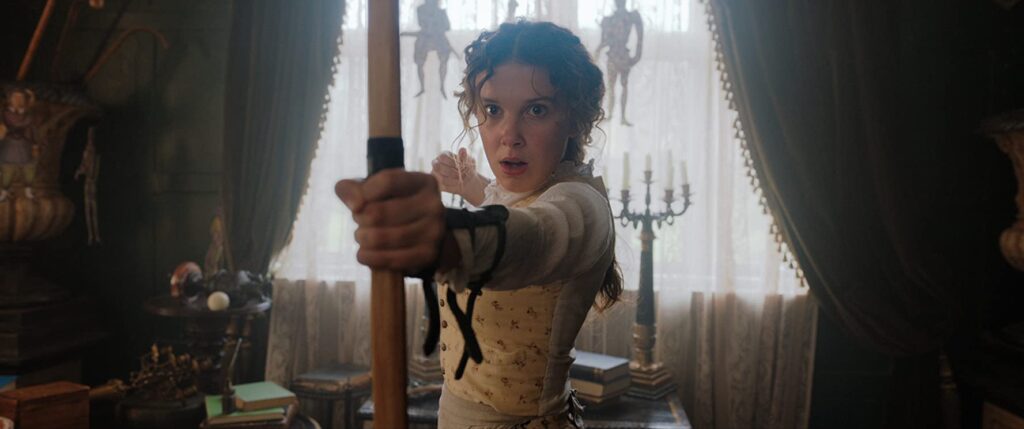
The Curran parking deck is a foreboding presence on West Campus.
Located conveniently behind West Village, the parking deck has no shortage of prey.
Any unassuming student will click the checkbox beside Zone W30 and marvel at the convenience of such a parking deck.
They might think to themselves, “It’s the perfect parking zone! An easy walk from my dorm and a covered deck too!”
But I’m here to warn you about the truth.
For those of you especially bad at parking, I urge you to heed my advice well.
As someone who has been holding on to her Class C license for just over a year, I’m not the best driver. I’ve driven over my fair share of curbs and hit a few parking blocks in my day.
My ability to parallel park is comparable to my ability to pass a linear algebra exam (spoiler: it’s very low).
On top of my minimal driving experience, I have only had three months of driving behind the wheel of my new car.
Curran is unforgiving to someone like me.
If you’ve never plunged into the belly of the beast, Curran is a three level parking deck with visitor roof parking.
The stairwells located at the two entrances of the deck are the single leading cause of lung cancer on our smoke-free campus.
As you descend into its depths, the deck becomes a darker, quieter and all around scarier place. It is for this reason I recommend that anyone who chooses to take on Curran enter into the abyss.
Eerie places scare people away, making the real estate on the bottom level a gold mine.
However, I, too, was once afraid of what lurked on the bottom level.
That mistake is what led me down an even darker path.
Every three spots of Curran has a cement pillar that slightly edges into the parking spots beside it.
Thus, everyone who parks there wants a middle spot.
My initial encounter with one of these pillars happened a few weeks after classes began.
I scraped the side of my right mirror – nothing too drastic – but I was heartbroken. Scratching a new car is a difficult burden to bear.
I started to turn my mirrors in when I parked.
Then came the next incident. Far worse than the first, I scraped my car’s front bumper on another pillar and chipped off some paint.
I didn’t want to do anything afterwards besides wallow in self-pity and think about all the mistakes I’d made that had led me to that moment.
It took me a while to work up the courage to park confidently again.
Over the course of the following week, I would pull in and back out of spots like I had never parked before.
I panicked at the thought of even entering the parking deck.
I learned not to park on the north end of the upper level; that’s where the wider pillars lay in wait for their next target.
My fears started to wane. Then the parking deck’s dreaded pillars struck again.
My confidence shattered again when I tried to park in the very first space in Curran, right by the motorcycle parking area.
I pulled into the space and heard the familiar screech as my right mirror hit the pillar.
The back of my mirror popped off, and in a frantic attempt to reverse from the space, the side door hit the pillar as well.
I shamefully got out to retrieve the back of my mirror and zoomed off to another spot.
I still don’t think I’ve recovered from that one.
It was that incident that led me to the bottom of the parking deck, where the spaces are plentiful and the atmosphere is disquieting.
I try to stay calm though — panicking can make things much worse.
Now, it’s easy to blame the parking deck.
Curran has tight spaces and large pillars, and that’s the way it has always been.
However, I am as much to blame as the unrelenting monster that is Curran.
I am inexperienced. I can be a little too confident and a little too panicked at times when it comes to driving, and it was these faults that led me to the mistakes I made.
A few scratches and scrapes for these lessons were beneficial in the end. This does not mean I forgive the parking deck for the trauma it has caused me, nor do I suggest any other bad driver attempt to take on Curran in hopes of learning some life lessons themselves.
For those that remain in its clutches, I hope that you escape from Curran unscathed.
And for you architecture majors out there, take this as a lesson on the emotional toll of bad design.







